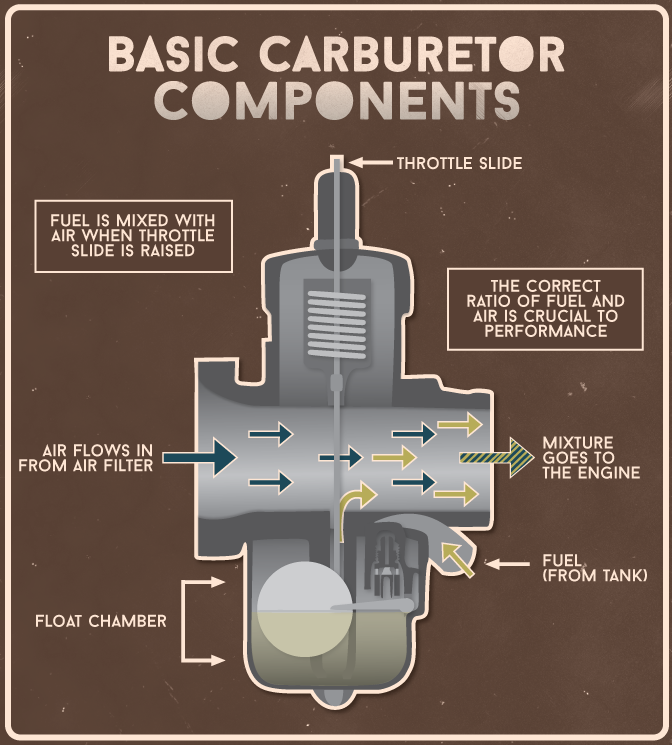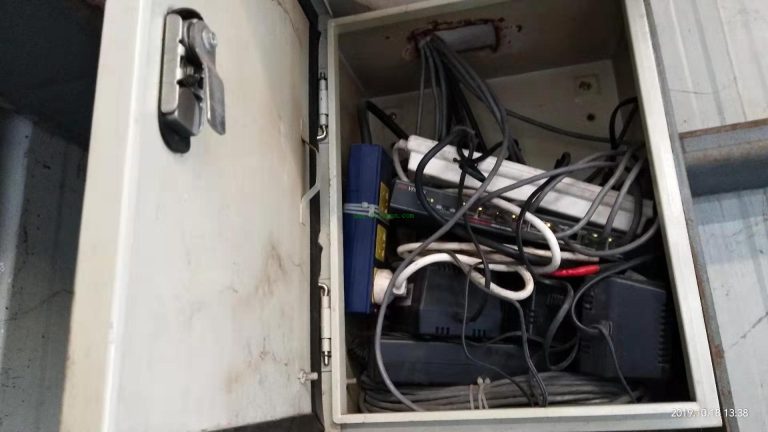Engine decarbonization: What it is and why it is important
Have you ever heard of decarbonization?
A well-maintained vehicle should be able to cover a six-digit mileage without requiring much attention. However, it is natural that there is some fall in performance as it ages, and the components wear out.
Many workshops recommend decarbonization to restore some of the lost performance, but what is engine decarbonization and why is it so important? Is there any way to avoid it?
Read on to find out.
What is engine decarbonization?
Engine decarbonization is necessary when excess coal resulting from burning fuels needs to be removed from the surface of its parts.
This process is also known as internal engine cleaning, which must be performed on the parts in direct contact with the internal combustion process.
Diesel and gasoline engines accumulate carbon deposits inside the cylinders over a period of time This accumulation of carbon happens for several reasons:
- Improper burning of fuel.
- Lower fuel quality.
- Accumulation of waste due to the time of use of the vehicle.
- Burnt oil.
Coal deposits as soot around the exhaust valves, exhaust, cylinder head, piston, and other parts.
The engine decarbonization process involves cleaning the carbon deposits, which includes removing the carbon deposits in the cylinder head and then the physical elimination of these deposits from the top of the piston valves and the combustion chamber.
This process includes the treatment of injectors, valves, combustion chambers, collectors, the EGR valve, the turbo and the exhaust line, which includes catalyst, particle filters, among others.
What is the true importance of engine decarbonization?
Excessive carbonization of the engine can cause hot spots inside the cylinder, causing mixing to burn before the optimal time, decreasing engine power.
This process can prevent the valves from functioning smoothly, causing them to become defective.
Carbonization also joins the segment rings, making it impossible for them to lubricate and seal cylinder compression properly.
In addition to generating unexpected costs, the lack of engine decarbonization can even be the cause of accidents.
How to identify the need to decarbonize an engine?
A simple way to identify the presence of engine carbonization is by removing the exhaust manifold and spark plug. If you find that there are coal deposits in these sites, there is a very high probability that there are also deposits inside the engine.
There are other symptoms that may signal the need for an engine decarbonization. Among them are:
- Irregular slow gait.
- Bursts in the exhaust.
- Low power in overtaking and climbing.
- Pasty formation in the carter and obstruction of the oil pump.
- Anormal noises.

How to avoid the need for decarbonization?
Carbonization can be easily avoided by performing preventive and periodic maintenance. In addition, there are a few steps you can take to prevent the engine from getting charred:
- As soon as you start the car, get moving. Waiting for the engine to heat consumes fuel and causes the oil pump to work incorrectly without lubricating the engine.
- Avoid making only short trips as they damage the engine because it cannot reach the ideal operating temperature.
- Whenever possible, opt for an additive fuel. These contain components that clean the fuel line, intake valve and combustion chamber.
- Change the engine oil periodically.
How to decarbonize the engine?
There are two ways to decarbonize a vehicle’s engine: with the use of chemicals or mechanically. The choice of method will depend greatly on the state of the engine.
-
Mechanical decarbonization
Mechanical, or physical decarbonization, is mainly done when there is an excess of accumulated carbon in the engine.
This procedure consists of opening the head, removing the intake and exhaust valves and scraping the carbon deposits of collectors, valves and heads.
Physical decarbonization is a time-consuming labor with high cost associated as it involves high labor costs. Therefore, it is recommended that the engine be maintained regularly.
-
Chemical decarbonization
Chemical decarbonization does the internal cleaning of the engine and is the best way not to resort to mechanical decarbonization.
A specific cleaner is used in this internal cleaning process.
What are the advantages of decarbonization?
Among the advantages of decarbonization, we highlight the following:
- Fuel economy.
- Reduction of greenhouse gas emissions by up to70%;
- Increased engine performance and, consequently, more power.
- Increased life of the car.
If you think your car’s engine isn’t working properly, talk to your trusted mechanic. Maybe you’re in need of decarbonization.
Do you like our content? Follow our Facebook page. We share news every day!





